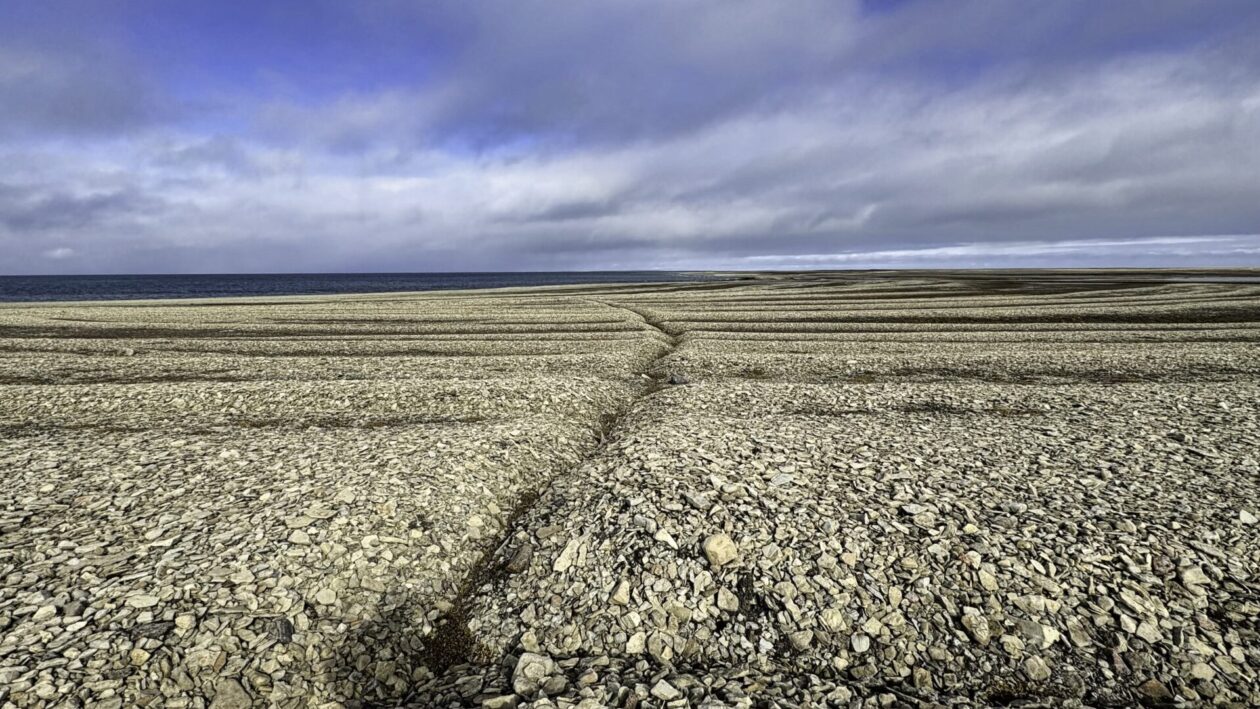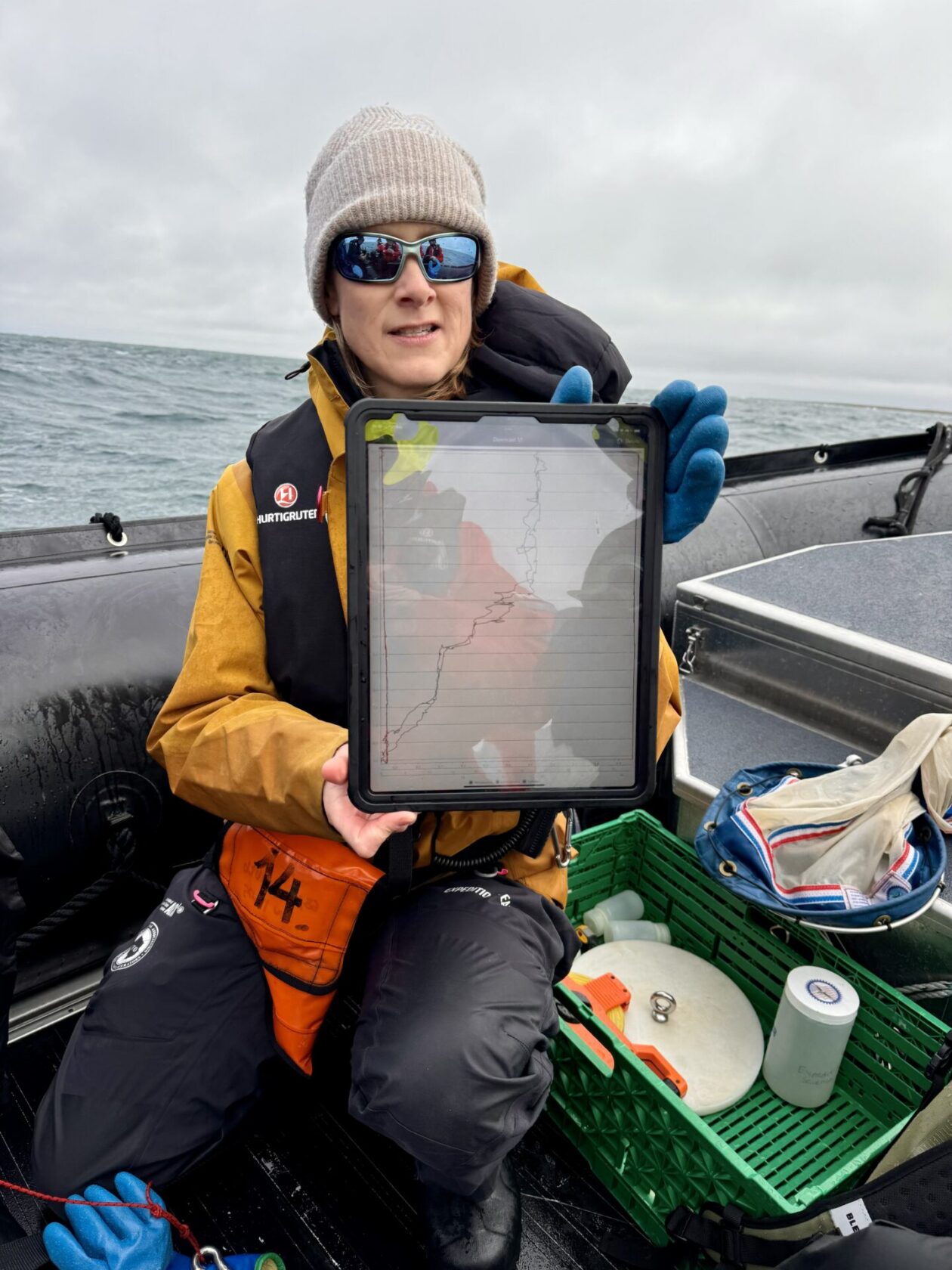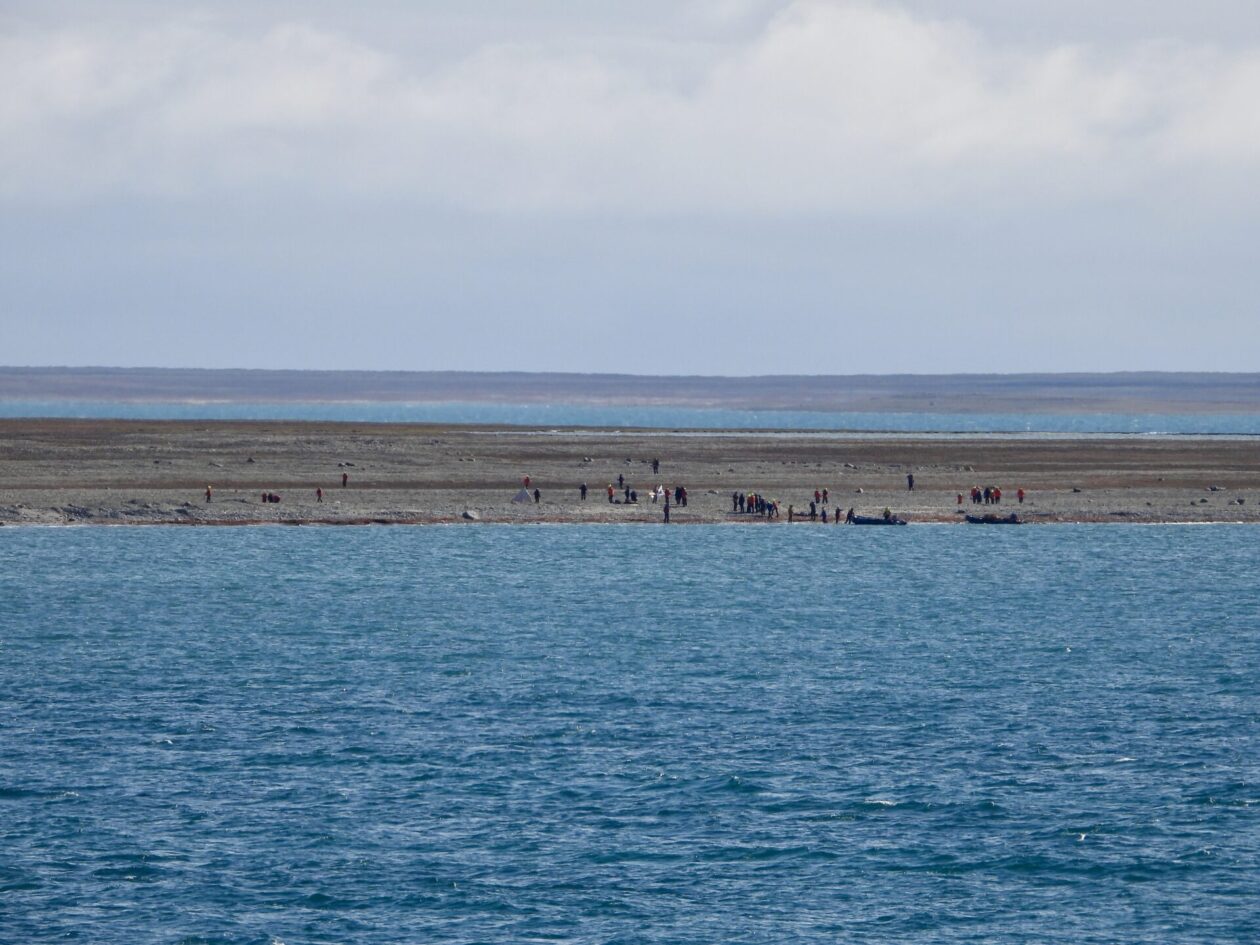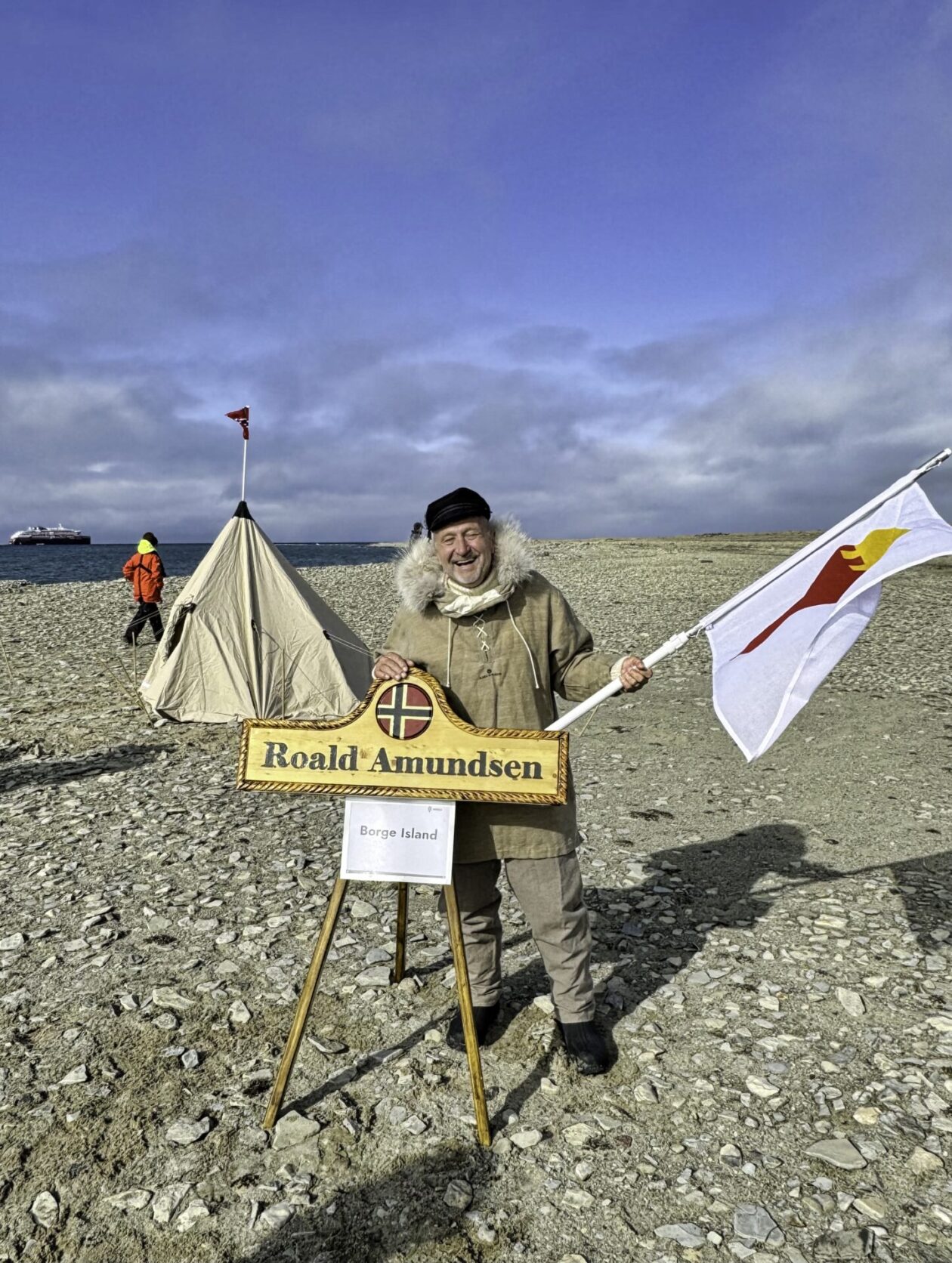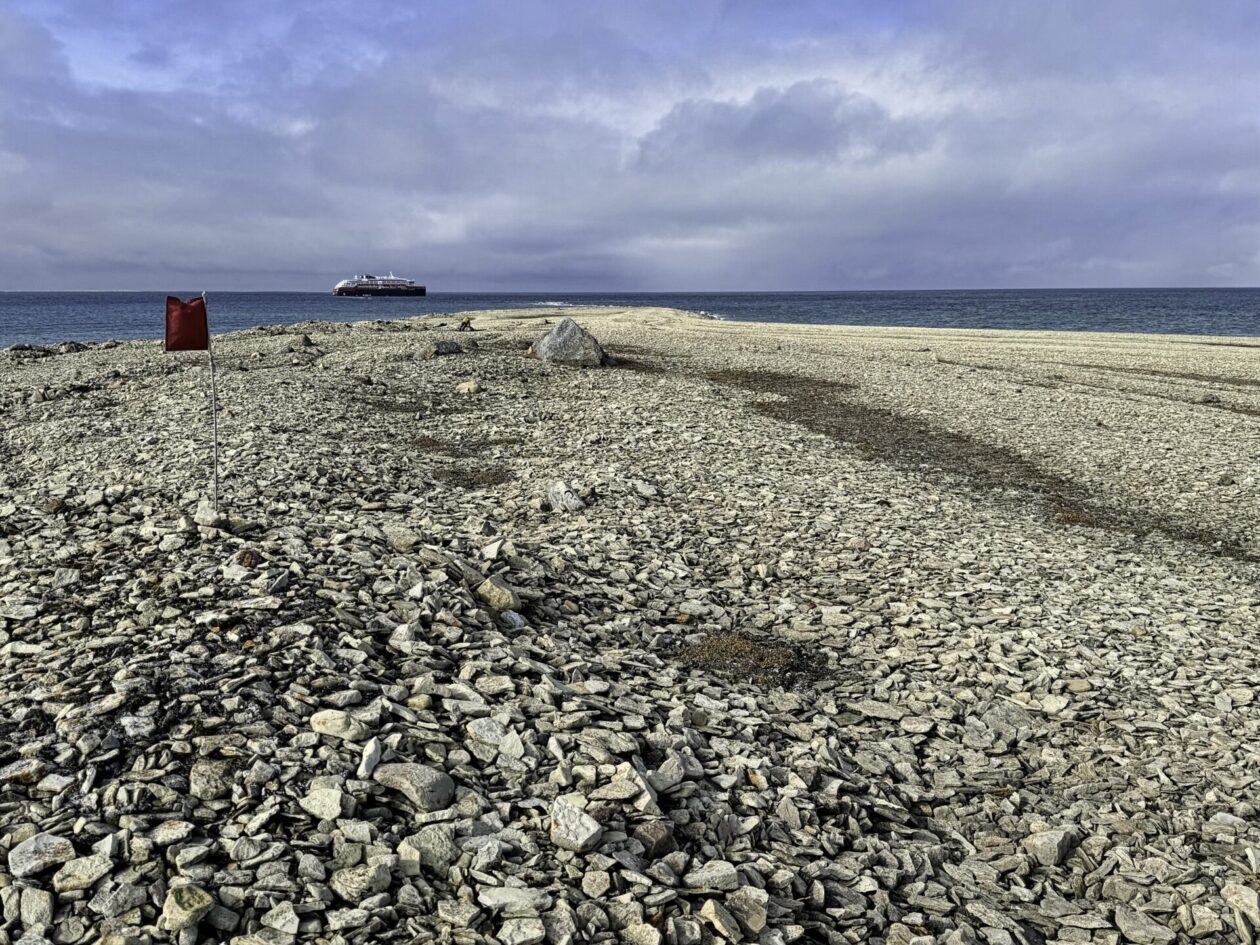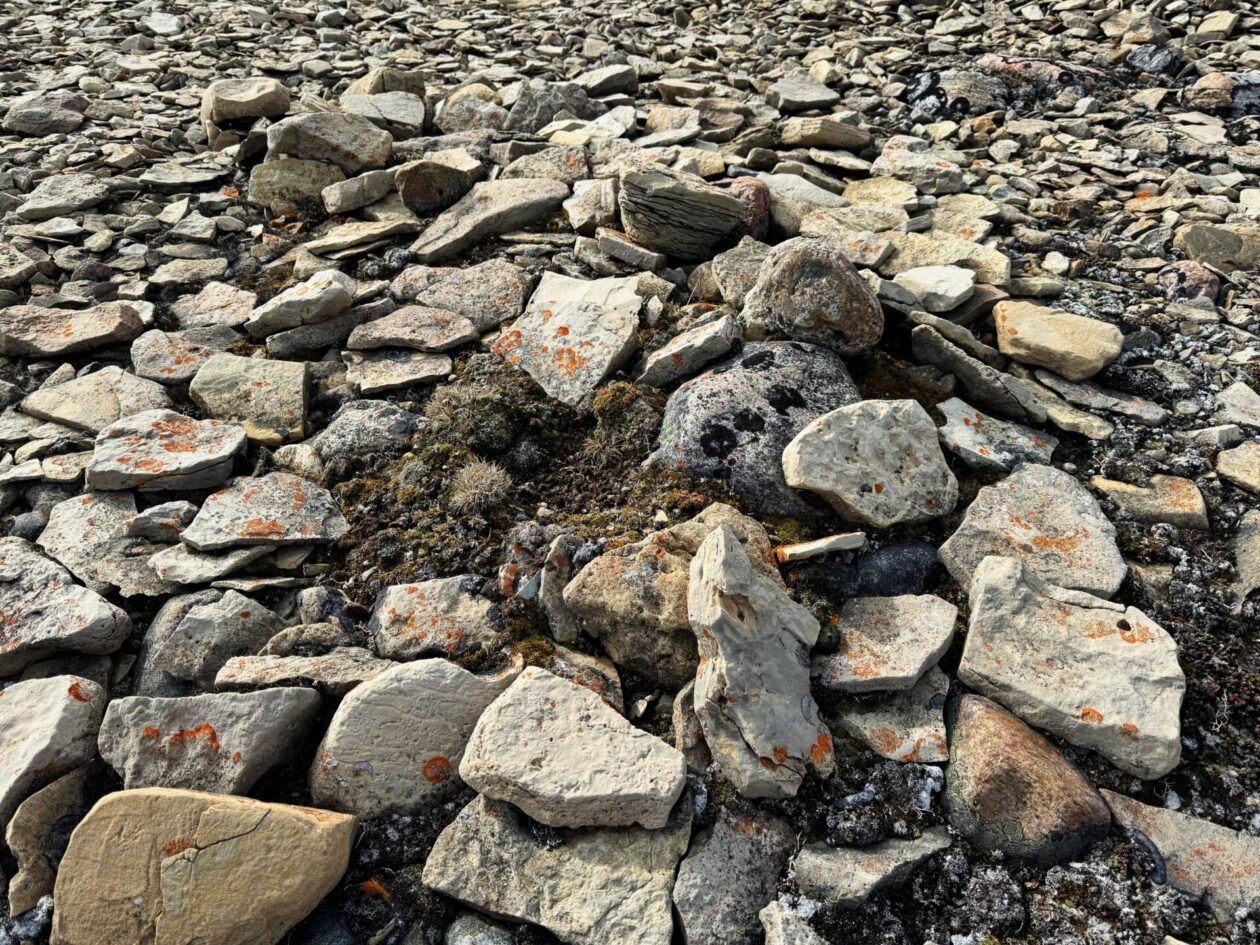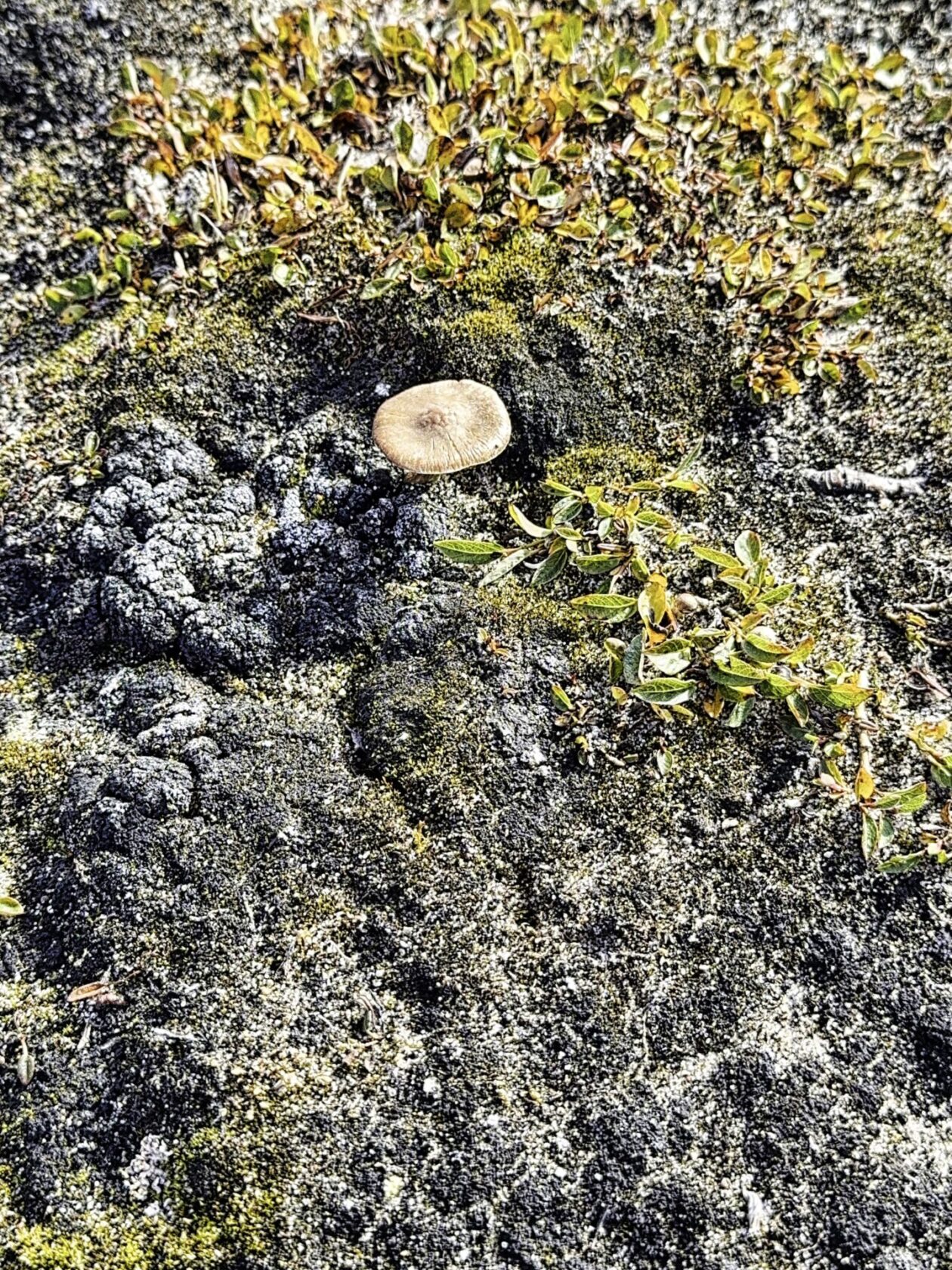- Start of trip and Nome, AL
- Herschel Island, Yukon, Canada
- Sea Day, a surprise, and the Smoking Hills, Northwest Territories, Canada
- Ulukhaktok, Northern Territories, Canada
- Murray Island, Nunavut, Northern Canada, Canada
- Cambridge Bay, Nunavut, Northern Canada
- Citizen science and Borge Island
- Gjoa Haven, Nunavut, Northern Canada
- A busy day at sea — polar bears, musk ox, and plankton, oh my!
- Prince Leopold Island, Beechey Island, and Radstock Bay, Nunavut, Northern Canada
- Croker Bay and Dundas Harbor, Nunavut, Northern Canada
- Pond Inlet and the Inuit, Nunavut, Northern Canada
- Ilulissat, Greenland
- Sisimiut, Greenland
- Red Bay, Labrador, Canada
- Corner Brook, Newfoundland, Canada and end of trip
After a beautiful, sunny day yesterday, it was inevitable that today had to be cloudy, rainy, and rough. Today we are visiting Borge Island, a small (just over a mile square) and largely flat island. It was named by Raoul Amundsen after the name of his hometown in Norway. Our captain was particularly interested in stopping here because he too was born in Borge, Norway. The day started out quite rough and we stood off the island before the Zodiacs were allowed to take people ashore. Of course, that didn’t apply to the Science Boat that was just to go around 400 yards astern of the ship to collect samples. To borrow from the US Postal Service, “neither rain nor wind nor massive waves keeps these citizen scientists from the swift completion of their appointed rounds.” So off we went! Bobbing around in the seas, we had two efforts to undertake: (1) collect a proper water sample to take back to the lab to identify the types and numbers of plankton, and (2) lower a sensor to measure the changes in water temperature and salinity with depth, as well as measuring the level of chlorophyll in the water (that provides some sense of the population of phytoplankton in the area. Both of these involved lowering devices over the edge of the Zodiac to the proper depth and/or trailing the device for the proper amount of time to get a good sample. Between the first two collection efforts, we had to return to the ship to drop off one lady who had gotten seasick. We were also supposed to do an experiment to test the opacity of the water but, with all the waves, our Science Team Leader, Sonia, decided we wouldn’t good results. So, thoroughly drenched and totally happy, we made our way back to the ship.
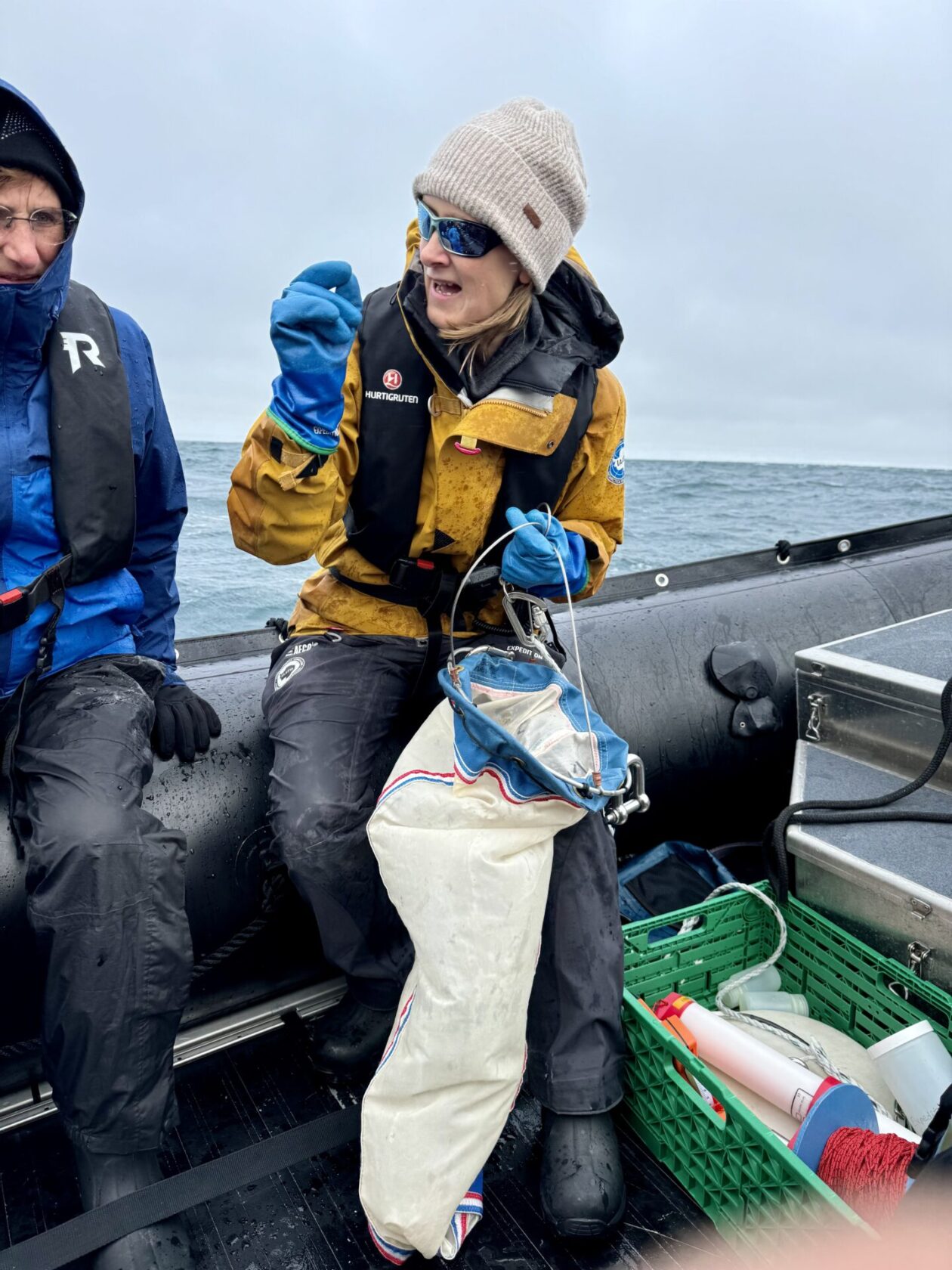



Later that afternoon, things settled down sufficiently to make a shore landing. As this island was named after Amundsen, it was only appropriate that he was there to greet us. So nice of him to come back from the dead that way! Actually, it turned out that it was our Captain who was portraying Amundsen. He did say he wanted to make this landing! As with many of these small islands, at first glance they look totally barren but, as you get closer, life emerges very close to the ground. What really made this place amazing, however, was the natural waves and trenches that move in concentric arcs on one side of the island. Our geologist said that these were like when the island was pushed up which also brought up a lot of pre-Cambrian rock (e.g., granite) that has mixed with all the limestone that is scattered around the beach. I don’t know what the real answer is, but it certainly looked cool. Anyway, after some exploring, I headed back to the ship. We are now off to Gjoa Haven — an important location in the whole Amundsen saga.
